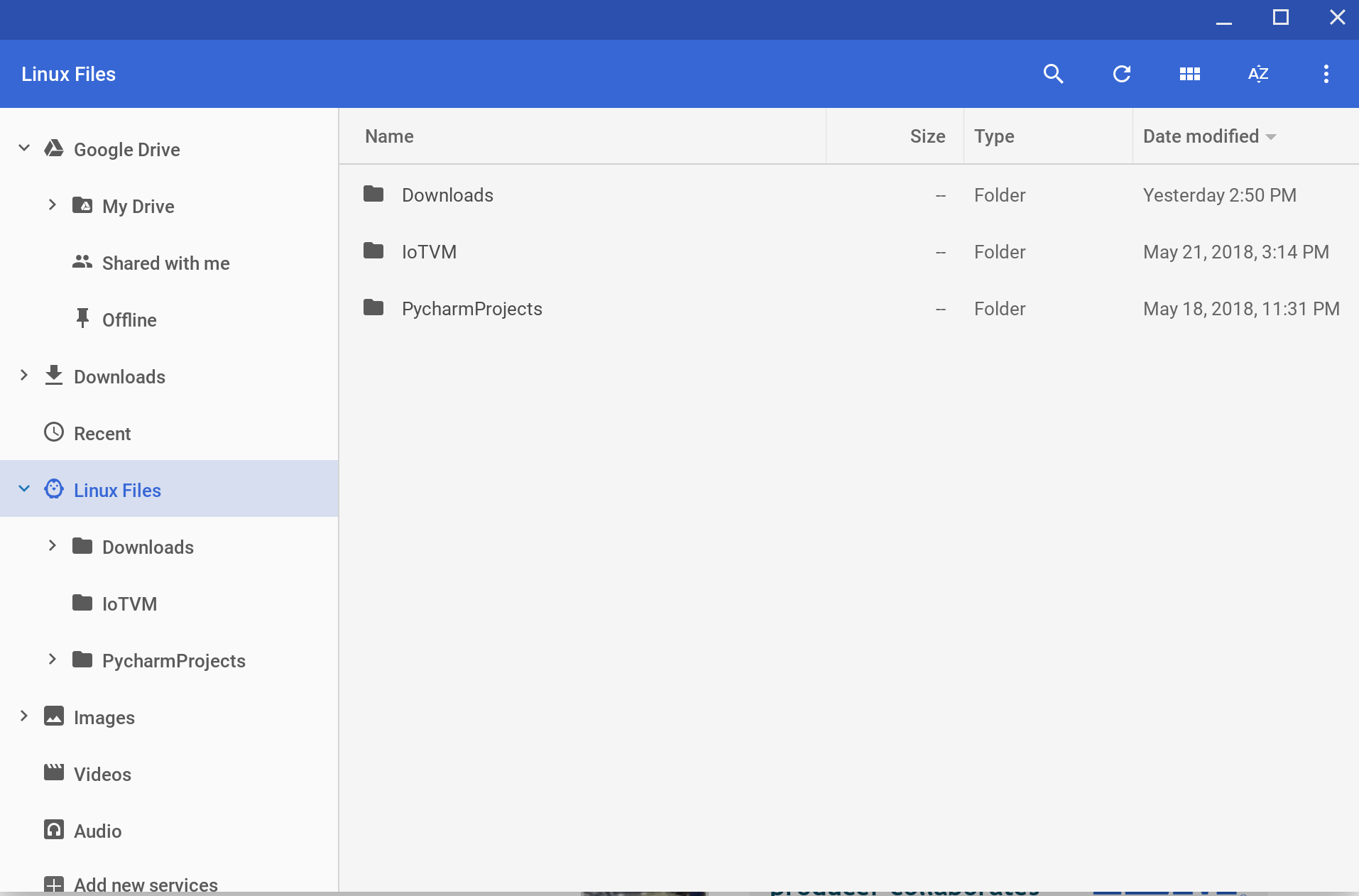

- CHROMEBOOK GMAC LINUX ISO FILE INSTALLATION HOW TO
- CHROMEBOOK GMAC LINUX ISO FILE INSTALLATION INSTALL
- CHROMEBOOK GMAC LINUX ISO FILE INSTALLATION UPDATE
- CHROMEBOOK GMAC LINUX ISO FILE INSTALLATION PASSWORD
Set the hostname $ echo localhost > /etc/hostname DHCP might be an option for you, but it didn’t work out of the box for me.
CHROMEBOOK GMAC LINUX ISO FILE INSTALLATION PASSWORD
Set a root password so you can login $ passwdīuild a basic network interface file so that the board will have a predictable IP address on eth0.
CHROMEBOOK GMAC LINUX ISO FILE INSTALLATION INSTALL
Install some useful packages inside the chroot $ apt-get install openssh-server ntp
CHROMEBOOK GMAC LINUX ISO FILE INSTALLATION UPDATE
Update your latest database from the debian servers: $ apt-get updateĪnd set your locales: $ apt-get install locales dialog Once that’s finished, we can setup apt, the package manager of debian, this copy and paste snippet might come in handy: cat /etc/apt/sources.listĭeb wheezy-updates main contrib non-freeĭeb-src wheezy-updates main contrib non-freeĭeb wheezy/updates main contrib non-freeĭeb-src wheezy/updates main contrib non-freeĬat /etc/apt//71-no-recommends We can now proceed the debootstrap process with: $ /debootstrap/debootstrap -second-stage We are one step ahead of chrooting into your debian environment, but before we can proceed, we need to copy two files from our host system: $ cp /usr/bin/qemu-arm-static /mnt/usr/bin/ $ debootstrap -arch=armhf -foreign wheezy /mnt Mount the ext4 partition and execute debootstrap $ mount /dev/mmcblk0p2 /mnt $ umount /mnt Install Debian using debootstrap

Create a vfat filesystem on the first and and an ext4 on the second partition $ mkfs.vfat /dev/mmcblk0p1Ĭopy script.bin and uImage file to the FAT partition $ mount /dev/mmcblk0p1 /mnt You will now have to create 2 partitions on the SD card, start fdisk $ fdisk /dev/mmcblk0Īnd create two primary partitions, one with 20M and one over the rest. $ dd if=u-boot-sunxi-with-spl.bin of=/dev/mmcblk0 bs=1024 seek=8 $ dd if=/dev/zero of=/dev/mmcblk0 bs=1M count=1 The chinese guide suggests to overwrite the first MB of the card with zeros and then copying some. Please use your device instead of mmcblk0 which is used in this guide. In my case, the device is named /dev/mmcblk0 – it could also be /dev/sdx on your system. Install the required packages by issuing: $ apt-get install qemu-user-static binfmt-support debootstrap Prepare your SD cardįind out where your SD card resides, you can do that by issuing: $ fdisk -l For chrooting into the arm environment, we also need qemu to be present within that environment. To install Debian into a directory, we need debootstrap. The files have been taken from Baidu (original source).Įlevate yourself to root in a terminal session, since we are doing a lot of things that require root: $ sudo /bin/bash Install required packages You can download the requred files here ( ), since the original mirror in China is horribly slow. You will need the kernel provided by the banana people. If you are unsure, you can also try running Ubuntu from the LiveDVD.
CHROMEBOOK GMAC LINUX ISO FILE INSTALLATION HOW TO
I am assuming you are running Ubuntu or Debian on your desktop (or vitual machine), if not, you might be aware how to use your distribution to get the same result. I just got myself a Banana Pi today and was unsatisfied with the selection of prebuilt images, so I dove into some chinese websites with the help of google chrome translate and figured out how to get „quite a vanilla“ debian installation. The guide is being kept for legacy reasons. Update: Before wasting a lot of time, you might want to take a look at.


 0 kommentar(er)
0 kommentar(er)
